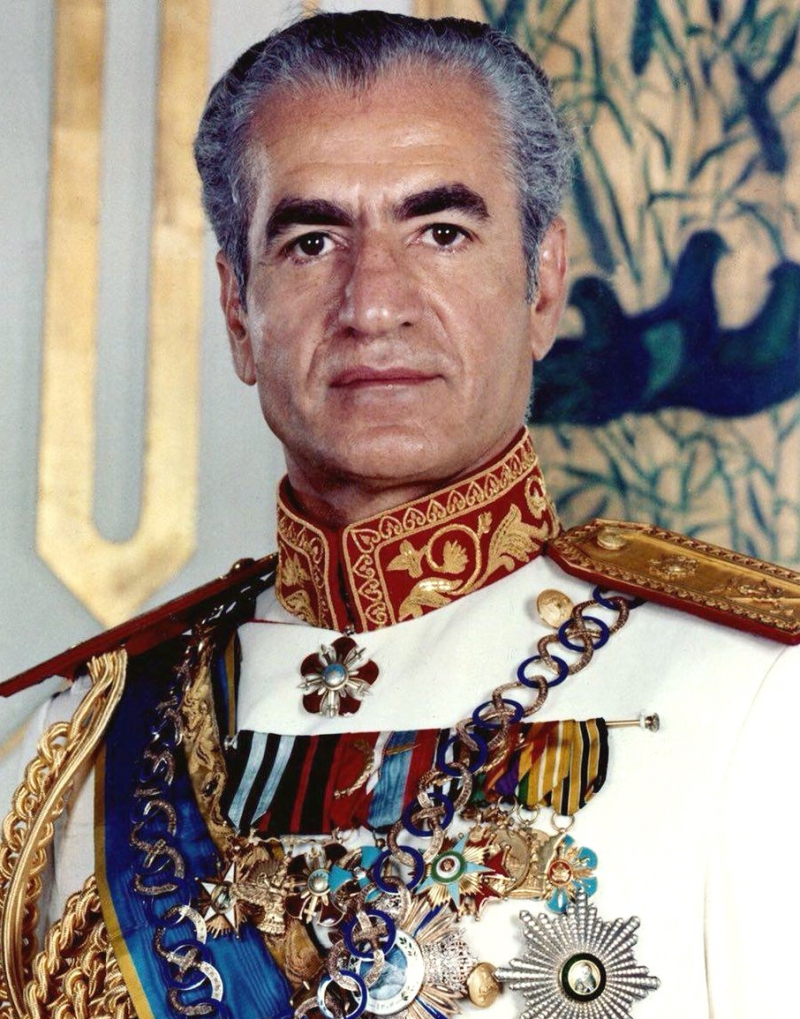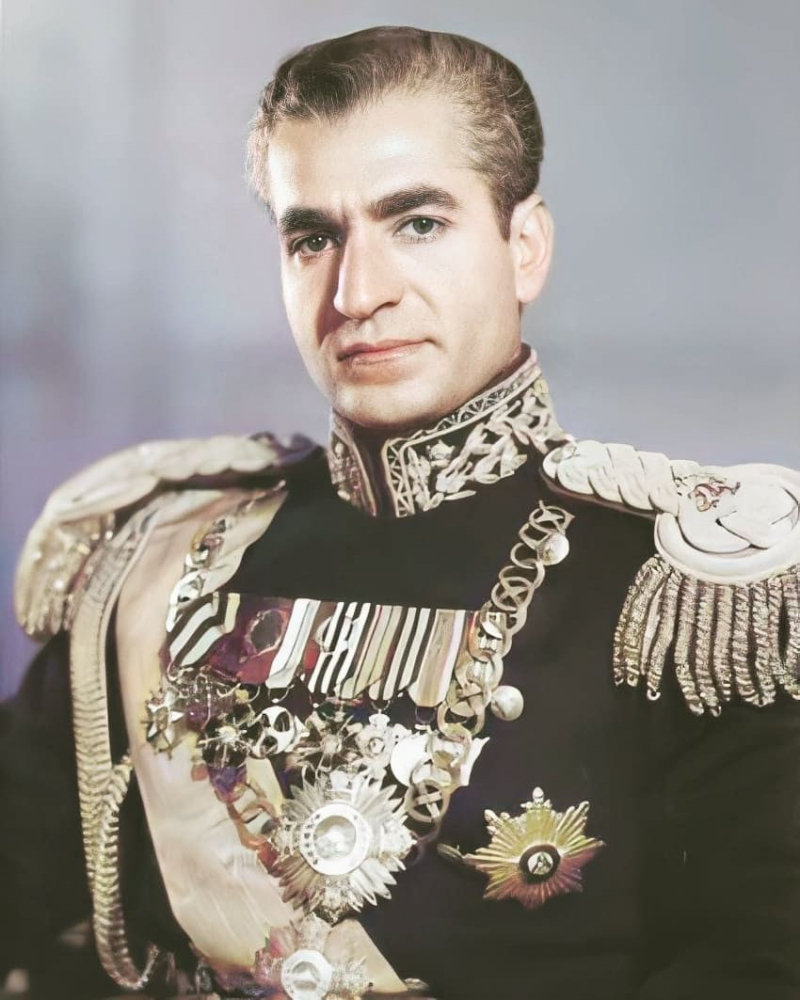Mohammad Reza Pahlavi
From 16 September 1941 until his downfall by the Iranian Revolution on 11 February 1979, Mohammad Reza Pahlavi served as the final Shah (King) of the Imperial State of Iran. Due to his standing, he was also referred to as the Shah.
Mohammad Mosaddegh, the Iranian prime minister during Mohammad Reza's rule, briefly nationalized the British-owned oil industry before an army coup d'état sponsored by the UK and the US ousted Mosaddegh, restored the Shah, and reinstated international oil companies under the Consortium Agreement of 1954. The Shah thereafter rose to prominence within OPEC and supported an increase in oil prices that devastated Western economies.
By nationalizing important industries and redistributing land, Mohammad Reza launched the White Revolution, a set of economic, social, and political reforms intended to make Iran a global power and modernize the country. Many Iranian nationalist initiatives were put into place by the regime, which helped make Cyrus the Great, the Cyrus Cylinder, and the Tomb of Cyrus the Great well-known Iranian symbols.
The construction of nuclear facilities, the nationalization of Iran's natural resources, significant investments in infrastructure, subsidies and land grants for rural populations, profit sharing for industrial workers, and some of the most successful literacy programs in the world were all started by the Shah. In order to establish an independent economy for the country, the Shah also implemented economic policies such as tariffs and preferential loans to Iranian companies. Iran's production of cars, appliances, and other commodities rose significantly, creating a new industrialist class that was thought to be protected from the dangers of outside competition. The Shah, who was regarded as a master statesman by the 1970s, leveraged his burgeoning influence to pass the 1973 Sale and Purchase Agreement.








